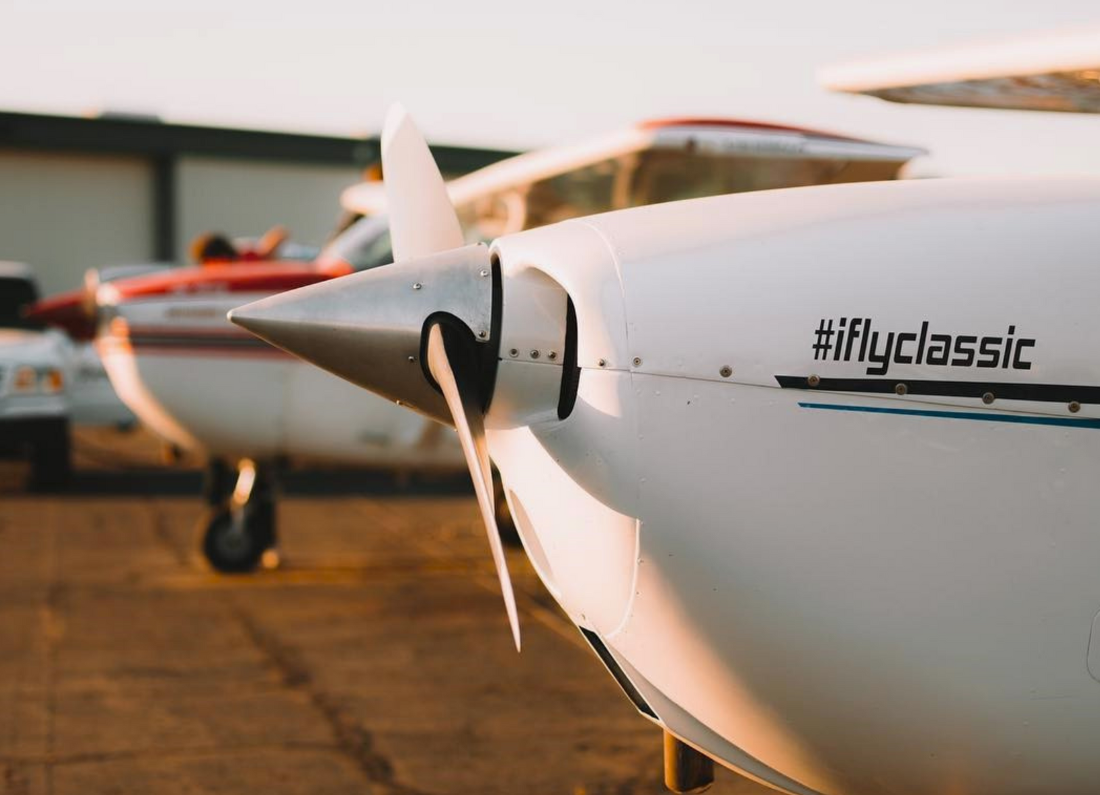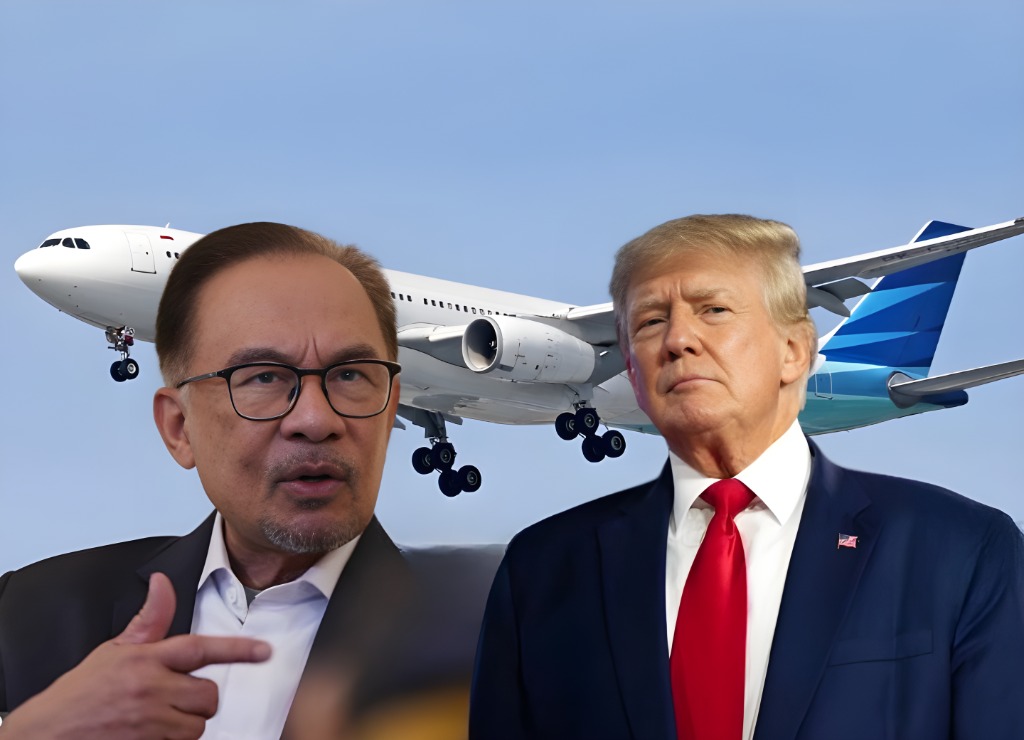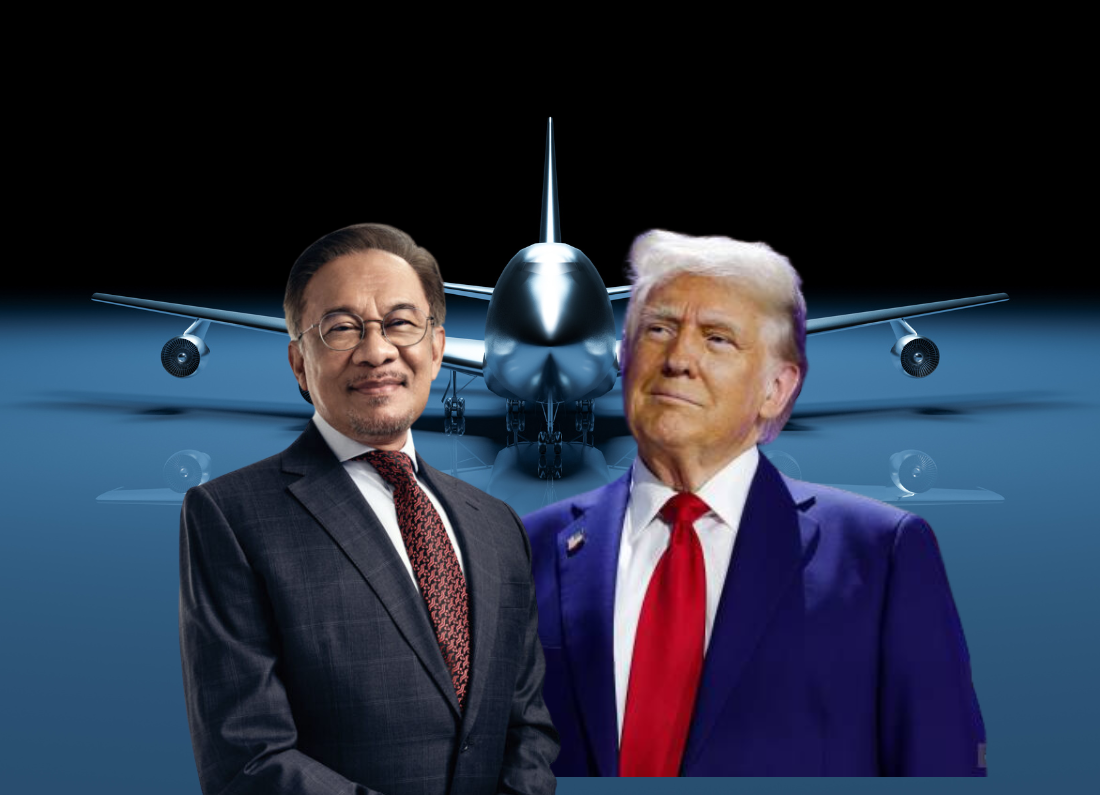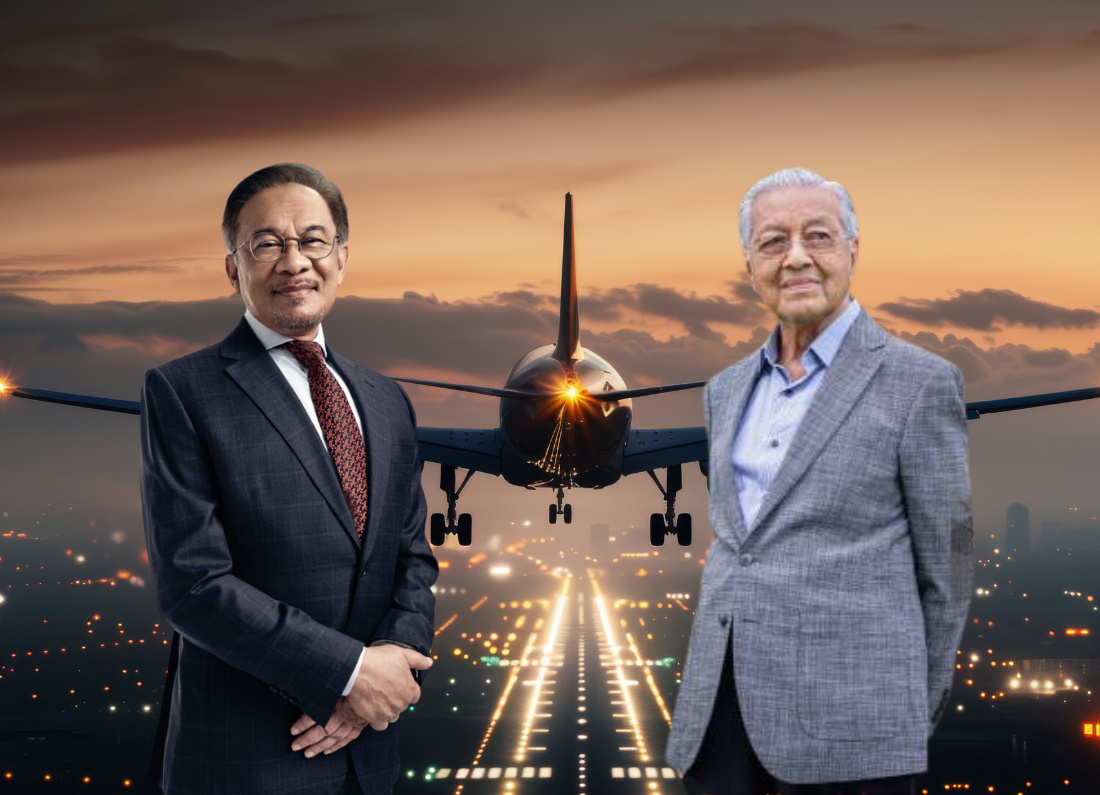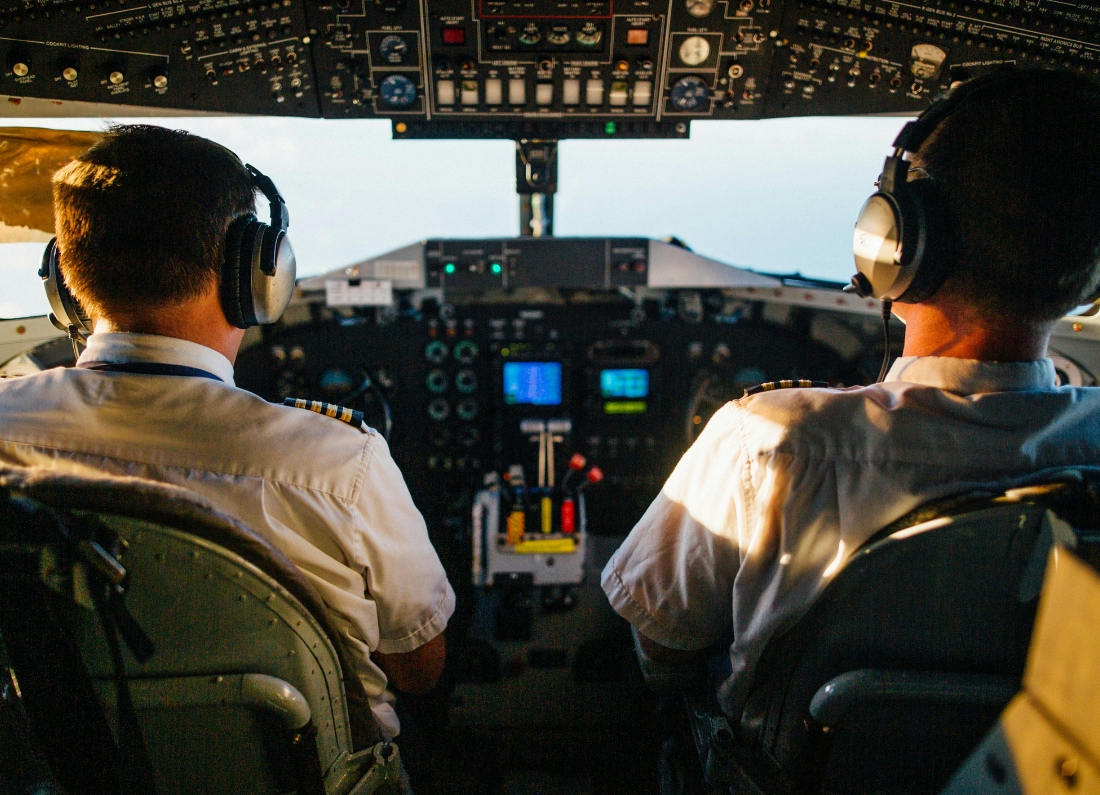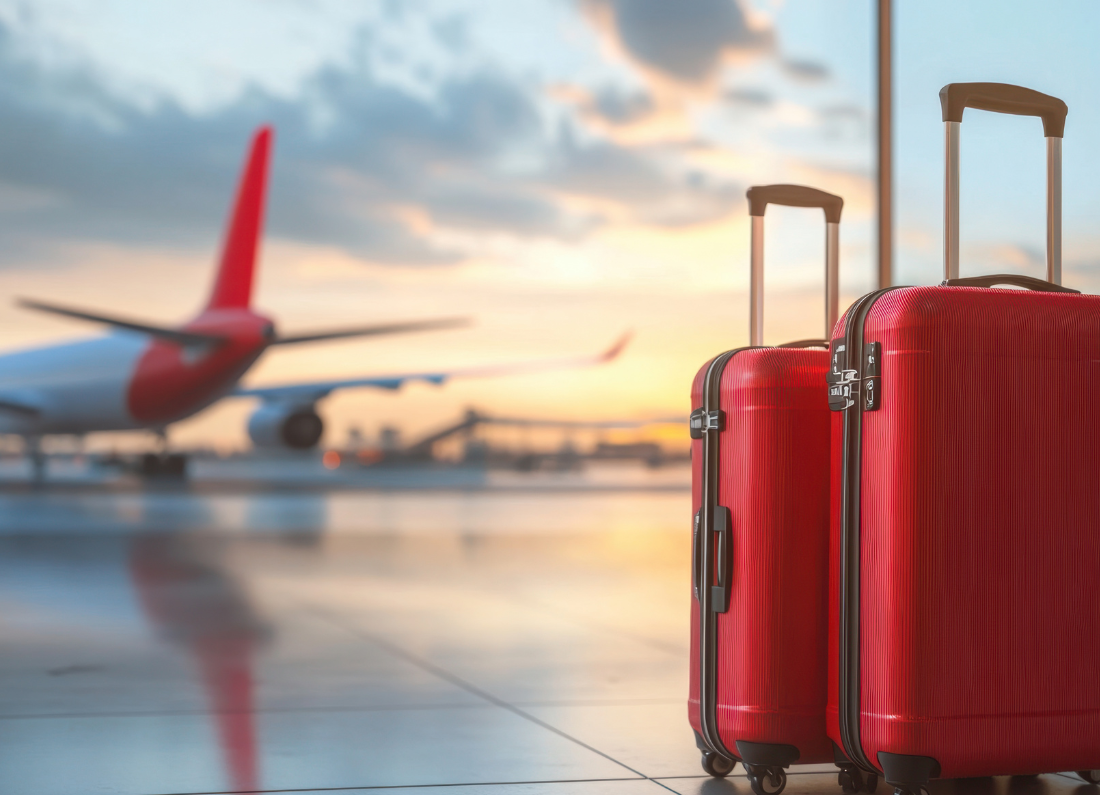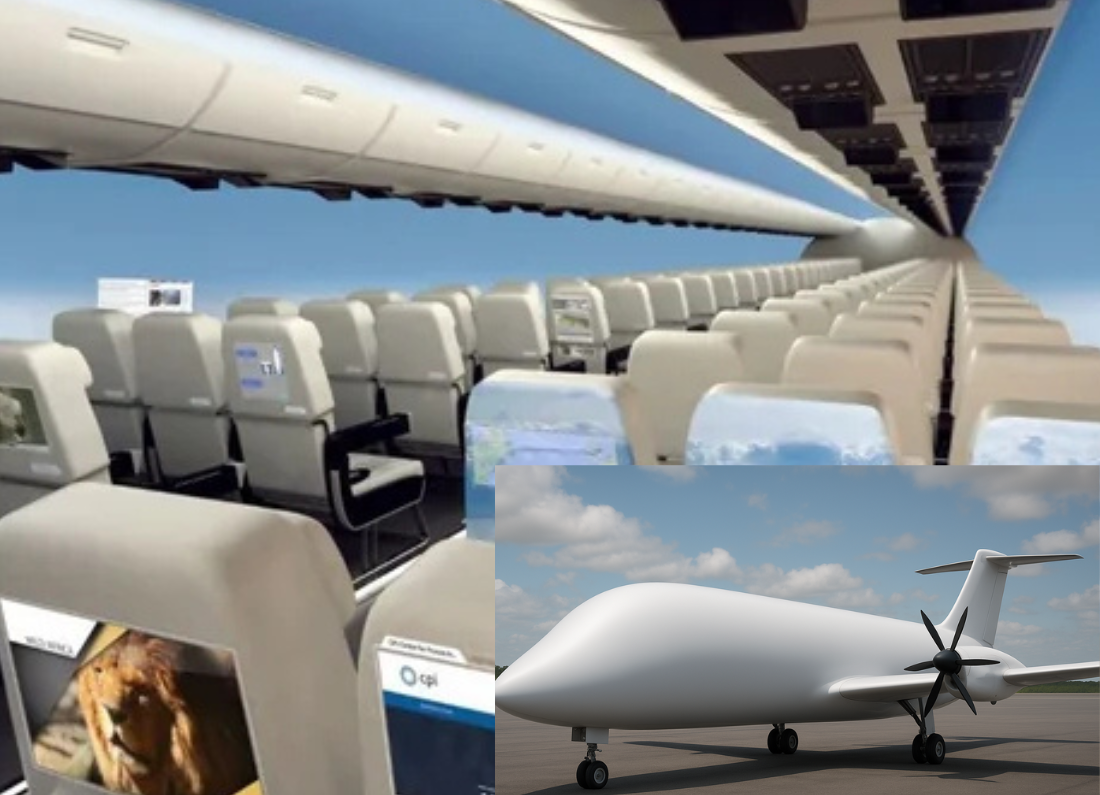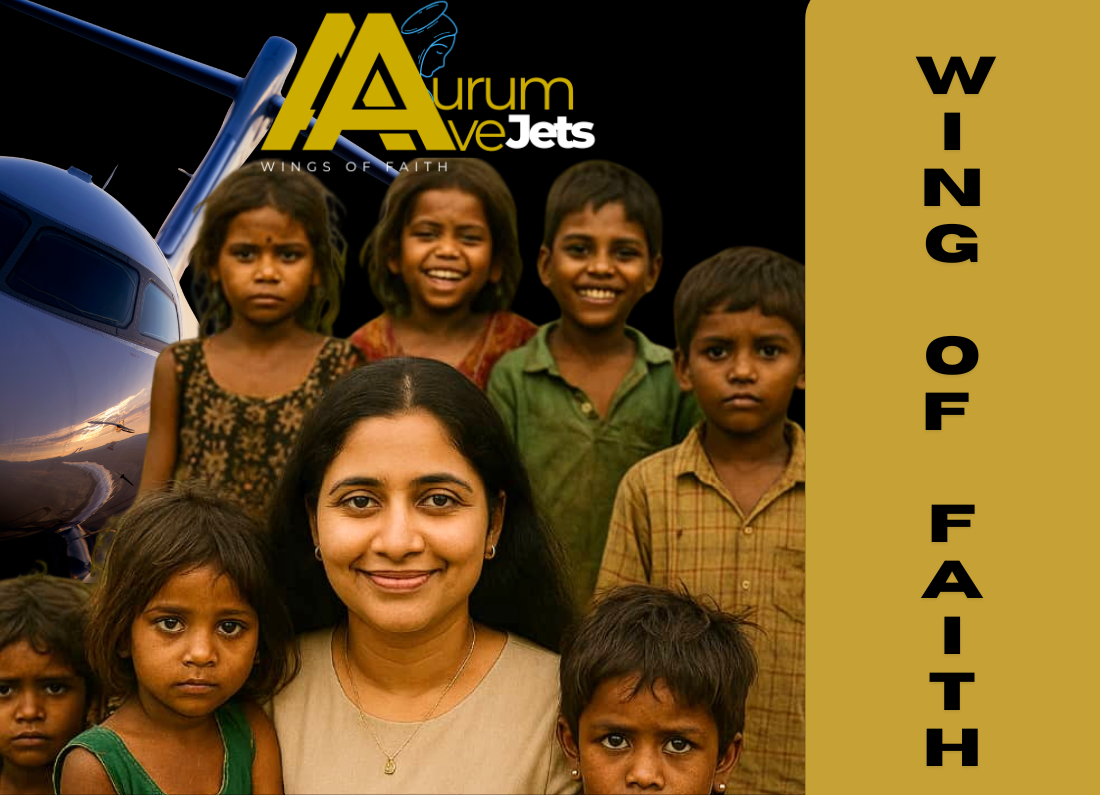As Asia’s aviation industry ascends to unprecedented heights, the demand for qualified pilots is experiencing a significant surge, placing flight schools at the heart of this transition. By 2025, flight training academies across Malaysia, Southeast Asia, and the broader Asia-Pacific region are gearing up to operate at full capacity, with the objective of producing a new generation of professional aviators — encompassing commercial, private, and specialized pilots.
However, the path to becoming a pilot is not without its challenges. The industry is grappling with rising training costs, shifting regulatory landscapes, and the impact of technological advancements, all of which are reshaping the methodologies employed in pilot training, licensing, and the transition to global aviation careers.
A Market Ready to Soar
The International Civil Aviation Organization (ICAO) and Boeing’s Pilot Outlook 2025 project that the Asia-Pacific region will require over 250,000 new pilots by 2040, with an urgent need for 60,000 of those within the next five years. This burgeoning demand is driven by the expansion of airline networks, increasing regional air travel, and the retirement of seasoned pilots. Malaysia, with its consistently favorable flying conditions, well-established aviation infrastructure, competitive training costs, and English-based curriculum, has strategically positioned itself as one of Asia’s premier destinations for pilot training. The country attracts aspiring aviators from around the globe, ready to meet the challenges and opportunities of a dynamic and evolving aviation landscape.
Malaysia: Regional Leader in Flight Training
Malaysia boasts a diverse selection of over 10 approved flying schools, officially designated as Approved Training Organisations (ATOs), which are integral to training future pilots. These prestigious institutions include:
- Asia Pacific Flight Training (APFT) – Located in Kota Bharu, APFT offers state-of-the-art facilities and experienced instructors to ensure comprehensive pilot training programs.
- International Aero Training Academy (IATAC) – Based in Melaka, IATAC is known for its rigorous training standards and modern aircraft fleet, preparing students for a successful career in aviation.
- HM Aerospace – Situated in the beautiful island of Langkawi, HM Aerospace combines scenic training environments with professional flight instruction.
- Malaysia Flying Academy (MFA) – Located in Malacca, MFA provides an extensive curriculum and a dedicated team of flight instructors to guide aspiring pilots through their training.
- Universiti Kuala Lumpur – MIAT & UniKL-MFI programs – These programs are offered by Universiti Kuala Lumpur, integrating academic education with practical flight training, ensuring well-rounded pilot candidates.
- Layang-Layang Flying Academy – Found in Sabah, this academy offers a unique training experience amidst the stunning natural beauty of Malaysia’s eastern region.
These academies provide a comprehensive range of pilot licenses, allowing students to pursue various career paths in aviation. The licenses offered include:
- Private Pilot License (PPL) – This license allows individuals to fly privately without compensation and is often the first step for aspiring commercial pilots.
- Commercial Pilot License (CPL) – This advanced license enables pilots to be compensated for their flying services and opens the door to a professional flying career.
- Instrument Rating (IR) – This rating allows pilots to fly under instrument flight rules (IFR), enhancing their skills to navigate in deteriorating weather conditions.
- Multi-Crew Pilot License (MPL) – Designed for pilots who aspire to work in airline environments, this license prepares them to operate as part of a multi-crew team in commercial flight operations.
- Airline Transport Pilot License (ATPL) – The highest level of pilot certification, ATPL is essential for becoming a captain on commercial airlines.
The Civil Aviation Authority of Malaysia (CAAM) plays a crucial role in overseeing these training organizations, constantly working to improve and streamline regulatory standards. CAAM aims to align its practices with the frameworks established by the International Civil Aviation Organization (ICAO) and the European Union Aviation Safety Agency (EASA), ensuring that Malaysian pilot training meets international excellence and safety standards.
Who’s Enrolling?
Flying schools today serve a diverse set of trainees:
| Student Type | Description |
|---|---|
| Domestic cadets | Sponsored by Malaysian carriers or self-funded students |
| International students | From India, Indonesia, Maldives, Africa |
| Career changers | Mid-career professionals seeking a second career in aviation |
| Women in aviation | Growing participation due to inclusion programs |
| Drone/UAS pilots | Expanding to include certified training in RPAS/UAV operations |
Several aviation academies now offer comprehensive academic degree programs that are integrated with Commercial Pilot Licenses (CPL) and Instrument Ratings (IR). These programs blend theoretical knowledge with practical skills, covering key areas such as aviation management, aerospace engineering, and logistics studies to prepare students for diverse roles in the aviation industry.
Simulator-Driven, Tech-Supported Training
In 2025, flying schools are leveraging state-of-the-art technology to ensure safe and effective pilot training. Key features of this innovative training environment include:
- Full Flight Simulators (FFS) and Flight Training Devices (FTD) specifically designed for Airbus and Boeing aircraft, providing realistic flight experiences that replicate both normal and emergency situations.
- Virtual Reality (VR) for cockpit familiarization, allowing trainees to acclimate to the aircraft’s controls and instruments in a safe, immersive setting, as well as for conducting emergency scenario training to prepare for high-pressure situations.
- AI-assisted performance tracking systems that monitor students’ progress in real-time, offering personalized feedback and insights during debriefing sessions to enhance learning outcomes.
- Digital logbooks that facilitate the recording of flight hours and experiences, complemented by mobile learning platforms that provide access to educational resources and training materials on-the-go, and virtual air traffic control (ATC) drills that simulate real-time communications with air traffic professionals.
Many of these schools have established partnerships with major airlines, including AirAsia, Batik Air, and Malaysia Airlines, which enables cadets to train under authentic conditions. This collaboration helps students gain valuable experience in multi-crew environments, enhancing their readiness for the demands of the aviation industry upon graduation.
Career Pathways: From Classroom to Cockpit
Flying schools in 2025 offer clearer job pipelines than ever:
- Cadet Pilot Programs: Sponsored training + guaranteed airline placement
- Direct Entry CPL: Self-sponsored students with global job market flexibility
- Pathways to regional and LCC carriers: AirAsia Group, Firefly, Batik Air, VietJet
- Specialist careers: Medevac pilots, bush flying, aerial survey, drones, VIP charter
There’s also a growing demand for flight instructors, offering new graduates another immediate career option while logging hours toward ATPL.
Malaysia as a Global Training Hub
Why Malaysia remains attractive for aviation training:
| Advantage | Explanation |
|---|---|
| Stable weather | >300 flyable days/year across Langkawi, Melaka, Kota Bharu |
| English-language instruction | Aligned with ICAO standards |
| Modern airspace infrastructure | Class C and D airspace around most academies |
| Cost-effective | Lower total training cost than Australia or Europe |
| ASEAN access | Regional students benefit from visa flexibility and cultural proximity |
Several schools are now expanding internationally with satellite campuses or partnerships in Indonesia, India, and the Gulf.
Turbulence Ahead: Challenges in the Sector
Despite strong growth, flight training still faces serious hurdles:
| Challenge | Impact |
|---|---|
| Rising costs | Aircraft fuel, maintenance, insurance impacting tuition |
| Instructor shortage | Experienced instructors leaving for airlines |
| Regulatory overload | Frequent updates in licensing and CAAM requirements |
| Financing difficulties | Student loans or scholarships limited in availability |
| Job saturation concern | Airlines slow to hire post-training without experience guarantees |
Flying schools are increasingly offering deferred payment schemes, pay-as-you-fly options, and bonded employment programs to address affordability.
What’s Next for Flight Training?
By 2030, flying schools in Asia will likely feature:
- Electric training aircraft like Pipistrel and E-Flyer in widespread use
- Remote tower simulators and virtual ATC integration
- Drone pilot licensing and hybrid manned/UAV training
- Sustainability-focused flight planning modules
- Gender-balanced and inclusive classrooms
The goal? Not just to train pilots — but to shape well-rounded, safety-first, tech-ready professionals for a changing aviation industry.
Flying schools serve as the starting point for aspiring aviators, turning dreams into reality. In Asia, and especially in Malaysia, this aspiration has reached new heights. With a unique blend of enthusiasm for aviation, significant financial investment, and supportive government policies, the region’s flight training academies are poised to play a crucial role in addressing the growing global demand for pilots.
Malaysia, with its strategic location, modern training facilities, and experienced instructors, is emerging as a key player in the aviation training sector. These academies are not only equipping student pilots with essential flying skills but also instilling a strong sense of professionalism and safety awareness.
As we look to the future, it is clear that in every cockpit of tomorrow, there is a dedicated student pilot honing their skills today, ready to soar into the skies. By nurturing these future aviators, we are ensuring a steady flow of qualified professionals to meet the needs of the ever-expanding aviation industry.


